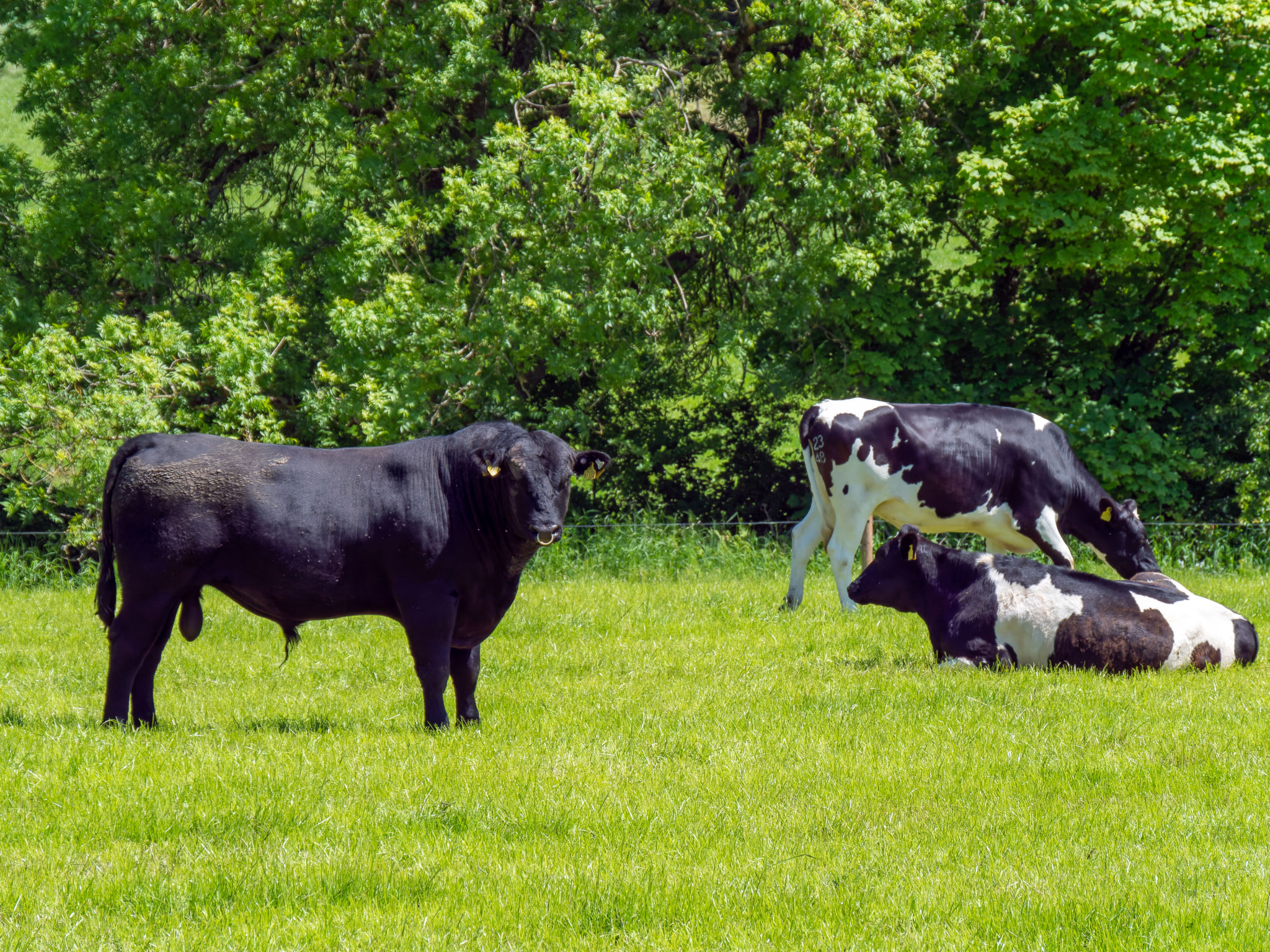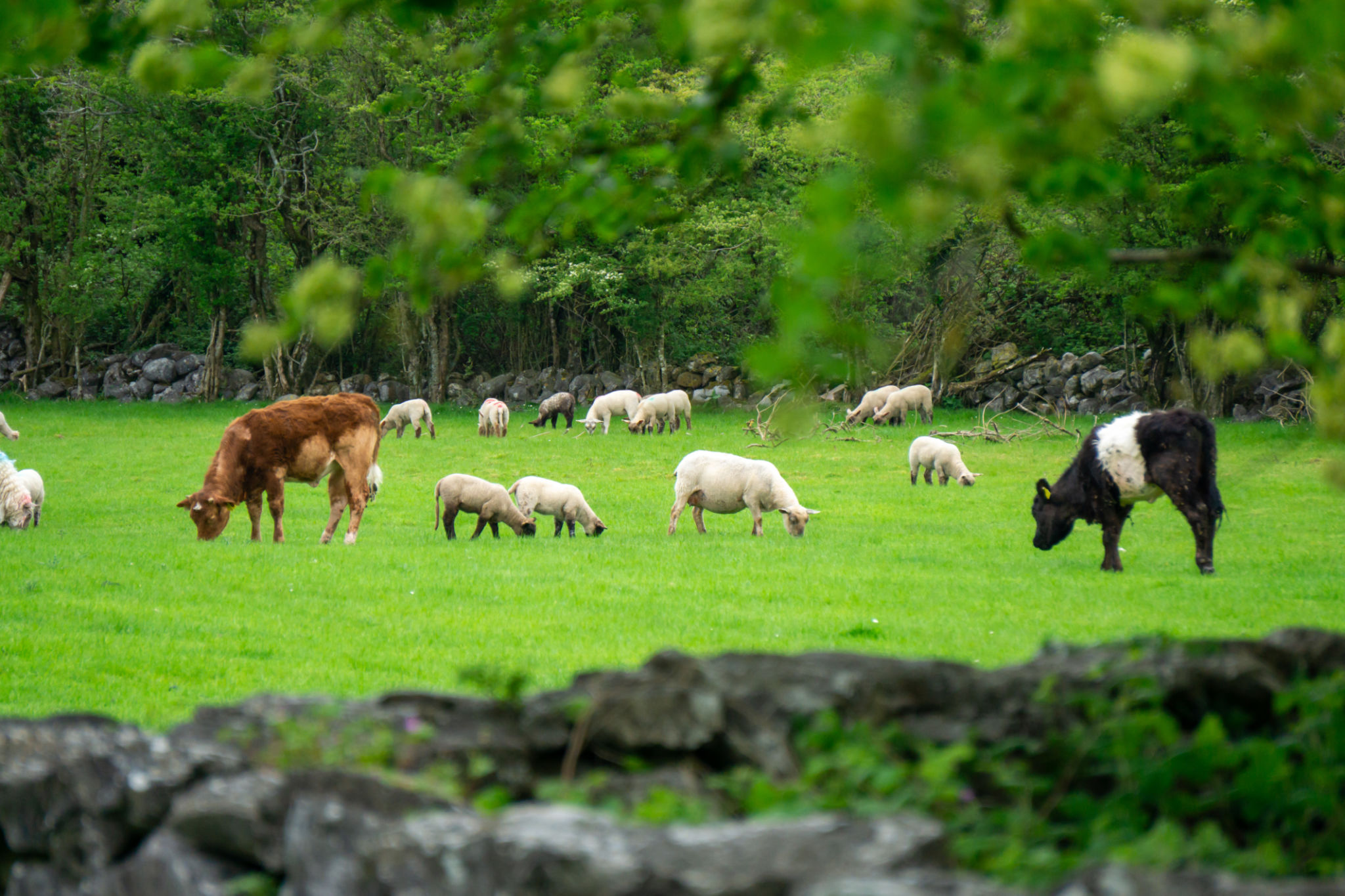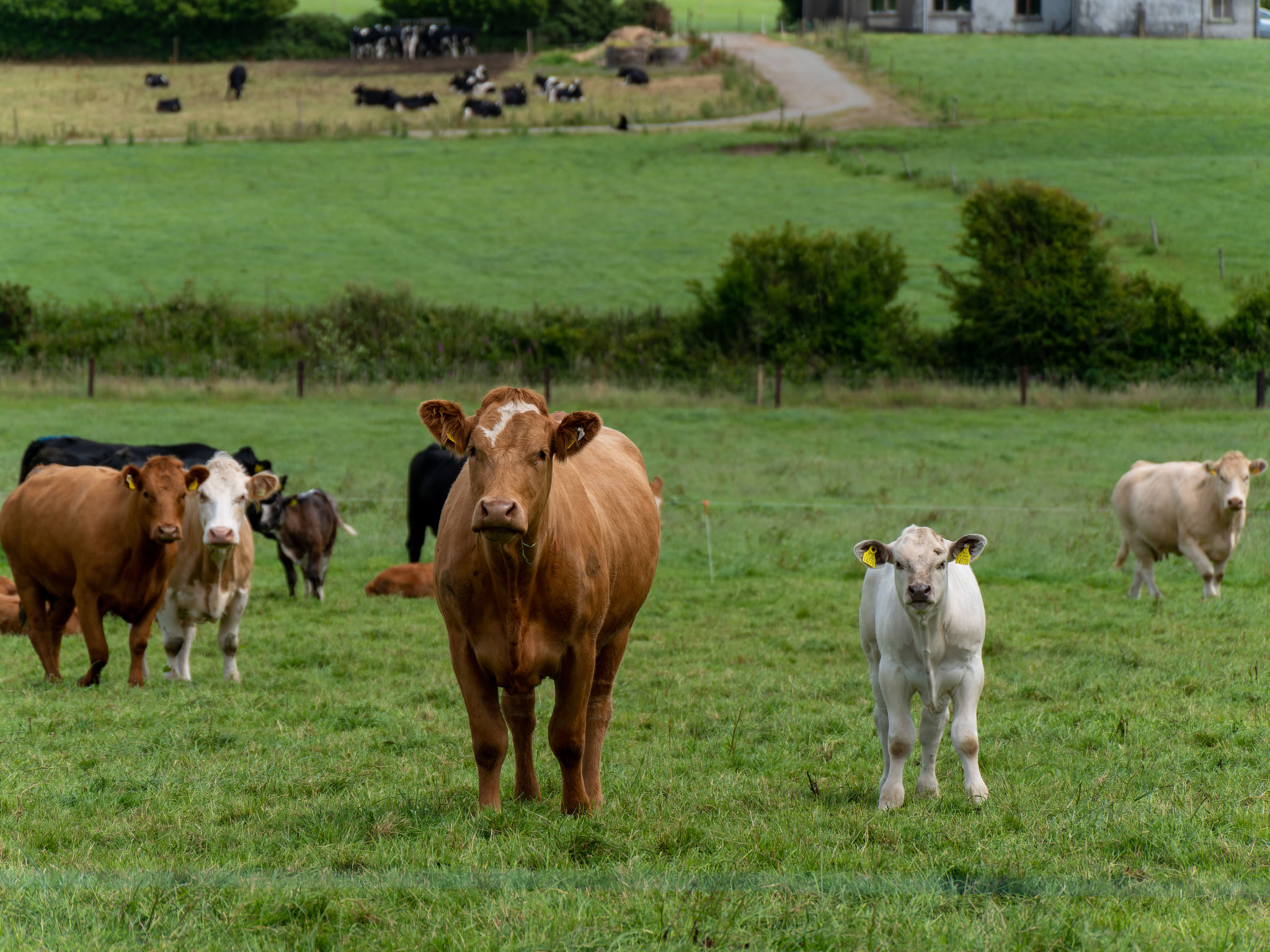Evaluating Mob Grazing on Ireland's Wetlands
Introduction
Mob grazing is one of those ideas that sounds great in theory, high-density grazing for short periods, then letting the ground rest and recover. Simple, right? But here in Ireland, where we’re lucky if the ground stays dry for a full week in spring, plenty of farmers are asking the same question: Can this actually work on wet land, or is it just another airy-fairy system designed for New Zealand or Nebraska?
Obviously, Mob grazing isn’t a silver bullet, and it’s not for everyone. But if you manage it right, and pick your ground carefully, it can be a useful tool, even on Irish farms where rain is more reliable than the post.

What Is Mob Grazing, Really?
We’re not talking about letting cattle stamp around willy-nilly. Mob grazing means putting a high number of animals into a small paddock for a very short window, 12 to 48 hours max, and then giving that paddock a proper rest. Ideally, 30 to 60 days.
The aim is to copy what wild grazers do: move fast, graze tight, trample some cover, and move on before the ground gets hammered. It’s supposed to build soil structure, improve dung distribution, boost grass growth, and reduce the need for artificial nitrogen.
That’s the pitch, but what about the reality on wet, heavy Irish ground?

Wet Ground Woes, Why It’s Tricky
We all know what happens when you put stock on wet land. You get poaching, compaction, slower grass recovery, and puddles where there used to be pasture. That’s not just bad for the field, it’s lost growth, extra feed, and more reseeding down the line.
Irish soils, especially in the west and midlands, often sit on clay or shallow mineral layers. When they get hammered by hooves in wet weather, water struggles to drain, roots suffer, and recovery grinds to a halt. In other words, mob grazing can backfire, fast, if you don’t match the system to the soil.
That said, if you’re working with lighter, free-draining ground or good summer weather, mob grazing can show real promise.

What Some Farmers Are Seeing
A number of Irish farmers, particularly those in organic or regenerative systems, are already trialling mob grazing on a small scale. Here’s what’s being reported on the ground, without the fluff:
- Better grass recovery: With 40–60 days of rest, some paddocks are bouncing back quicker, especially in spring.
- Fertiliser cuts: With tighter grazing and better dung spread, fertiliser bills are down.
- Healthier soils: Worms are back, roots are deeper, and soils are holding structure better.
- Real risks: On wet, heavy fields, even one badly timed grazing can undo it all. Many farmers still avoid mob grazing from October through to March, and that’s probably wise.

How to Make Mob Grazing Work (If You Want to Try It)
Let’s say you’re curious, but sceptical, as any good farmer should be. Here’s a practical approach:
1. Pick the right fields:
Start with your driest ground. South-facing, well-drained paddocks with decent access. Avoid clay, shady corners, or anything with poor drainage.
2. Keep the numbers realistic:
You don’t need 500 animals jammed into a tiny pen. Stick to a manageable block, maybe 75–100 cattle per hectare for no more than 24–48 hours. Move them on before the damage starts.
3. Use back fencing:
Once cattle have grazed a strip, fence it off behind them. Otherwise they’ll trample the regrowth into muck.
4. Watch the weather like a hawk:
Mob grazing after three days of rain? Don’t bother. It’s not worth the compaction. Be flexible, you can always pause the rotation if the ground is too wet.
5. Let it rest properly:
Give each paddock 30–60 days off before you go back in, longer on heavy land. That rest period is where the gains are made.
6. Sort out access and water:
Good laneways, multiple entry points, and mobile troughs are key. You’ll be moving stock more often, so make life easier for yourself.

What’s It Going to Cost?
Infrastructure:
Basic kit, fence reels, stakes, energiser, comes in around €500–€1,000. If you’re serious about it, it’s worth investing in good gear.
Labour:
Yes, you’ll be moving fences more often. Most farmers say it adds 20–30 minutes to the day, but many include it in their usual stock checks.
Water access:
You might need to set up moveable troughs. If water is awkward to access, that’s something to solve before you start.
Consultation (optional):
If you’re unsure, talking to a grazing adviser for a half-day walkabout can save you a lot of trial and error. Ballpark: €200–€300.

Is It Worth It?
Here’s the blunt answer: if you have dry-ish land, patience, and a good plan, mob grazing can absolutely improve your pasture and reduce costs over time. But it’s not a fix-all, and it’s definitely not suited to all Irish ground. Wet paddocks, poor access, and stubborn weather can all trip you up.
It’s also a mindset shift. You’ll need to walk your paddocks more often. Plan more. Adjust on the fly. But if you like being in control of your grass and want to build healthier soil over time, it’s worth exploring.

Conclusion
Mob grazing won’t suit every farm, but done right, on the right ground, it can improve pasture, cut costs, and build soil health without major spend. The key is starting small, watching how your land responds, and adapting as you go.
If you’d like a hand setting it up or figuring out whether it’s worth trying on your farm, we’re here to help.
Let’s make better grazing work for your land, one paddock at a time.
*By Anne Hayden MSc., Founder, The Informed Farmer Consultancy.
